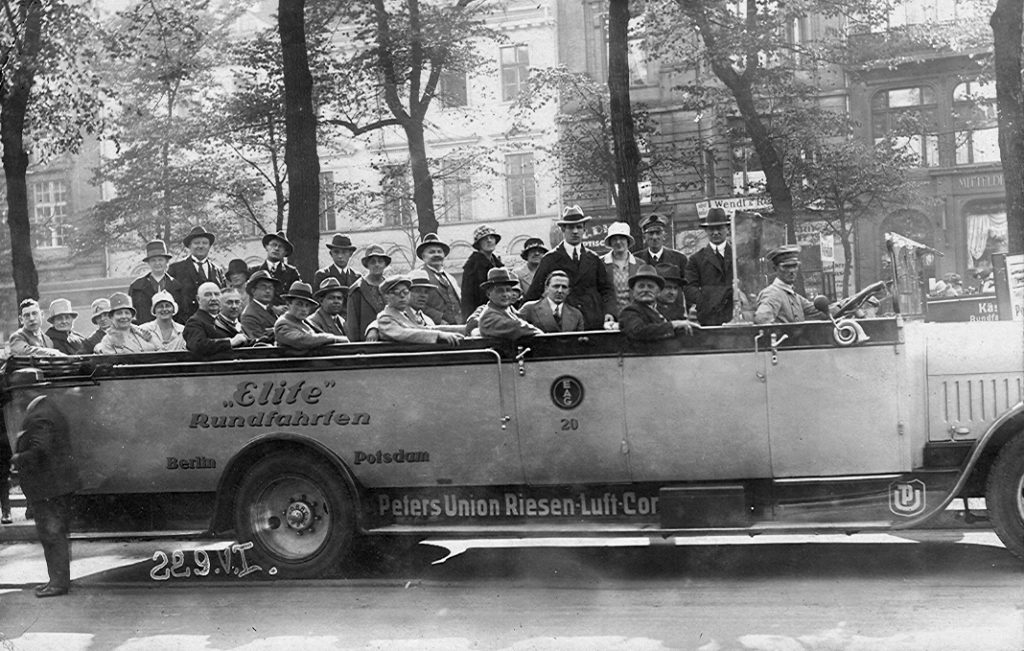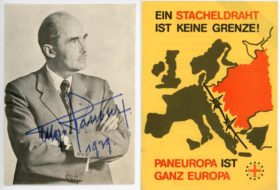Cover photo: Berlin, 1914 (source: Fortepan #9042)
From 1917 onwards, hundreds of thousands of Eastern European refugees arrived and stayed in the German capital, Berlin, for longer or shorter periods. According to the 1925 census, nearly five thousand of them were Hungarian citizens. In reality, however, several tens of thousands of Hungarians were living in Berlin at the time, about whom – apart from members of the political emigration and the artists and scientists who later became famous – almost nothing is known. However, an opting (citizenship) record taken in the summer of 1922 gives us an insight into Berlin’s ‘invisible’ Hungarians. The data analysed in this study give us an idea of the diversity of Hungarian society in the German capital in the first half of the 1920s. In addition to actors, filmmakers, housekeepers, and factory workers, the name of Sándor Grosschmid (Márai) also appears among the large number of university students.
Berlin, 1922 (source: Fortepan #23796, property of Sándor Nagy)
The full study is available in Hungarian below:
Pro-Minoritate_2022_nyar-2022-12-10_Szuts_javitas


